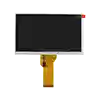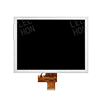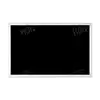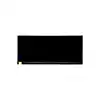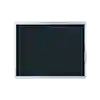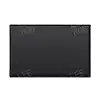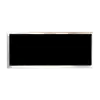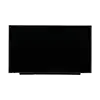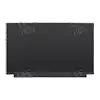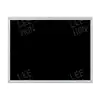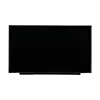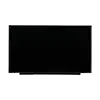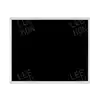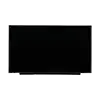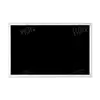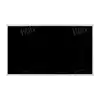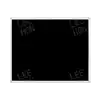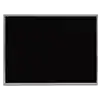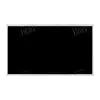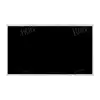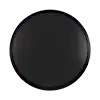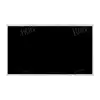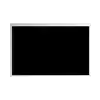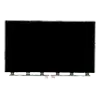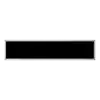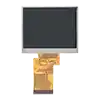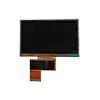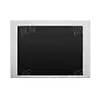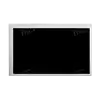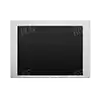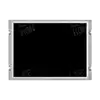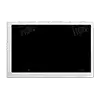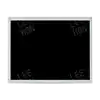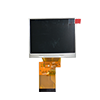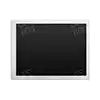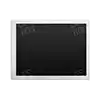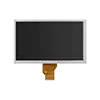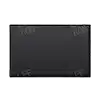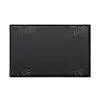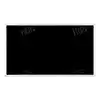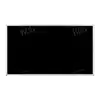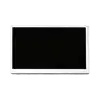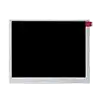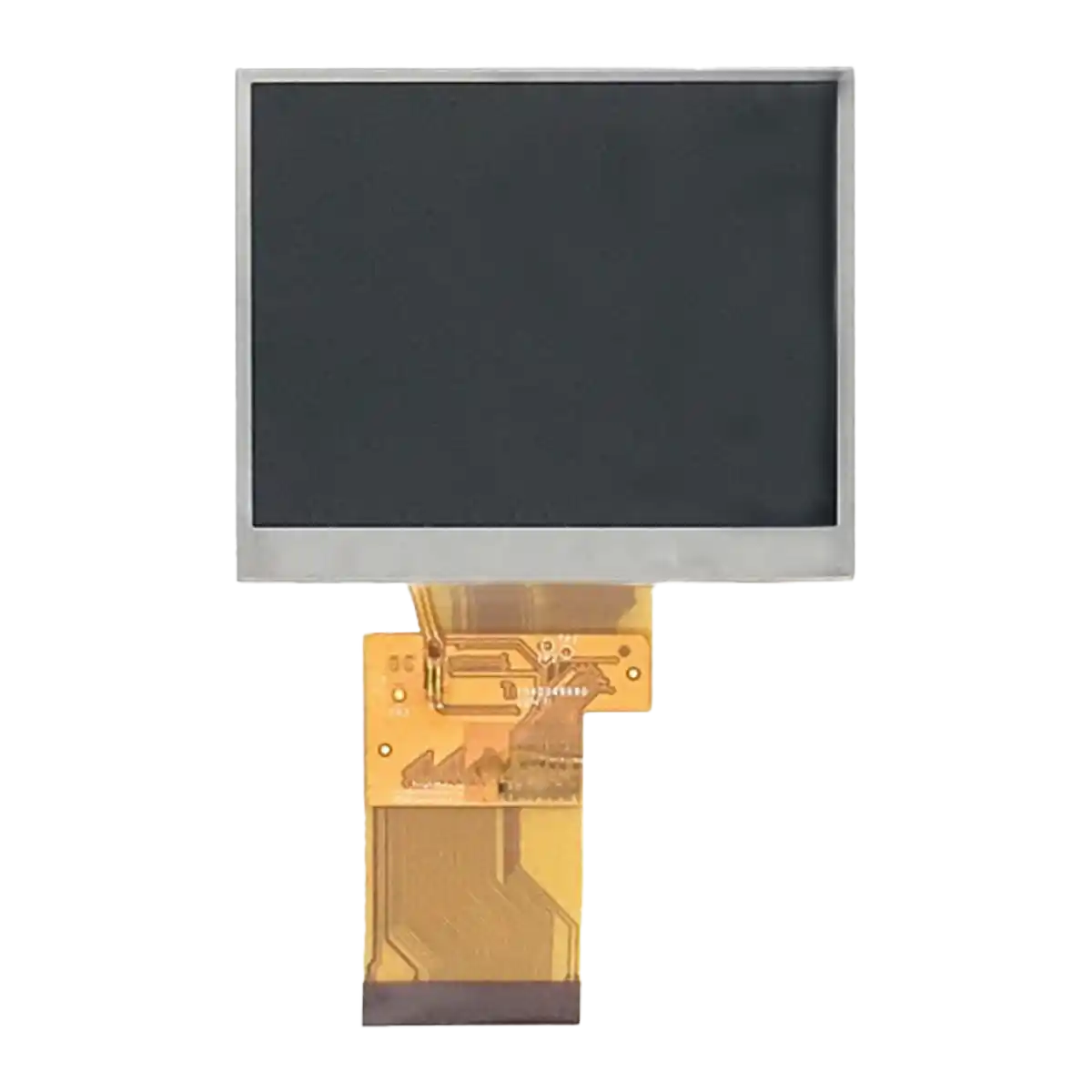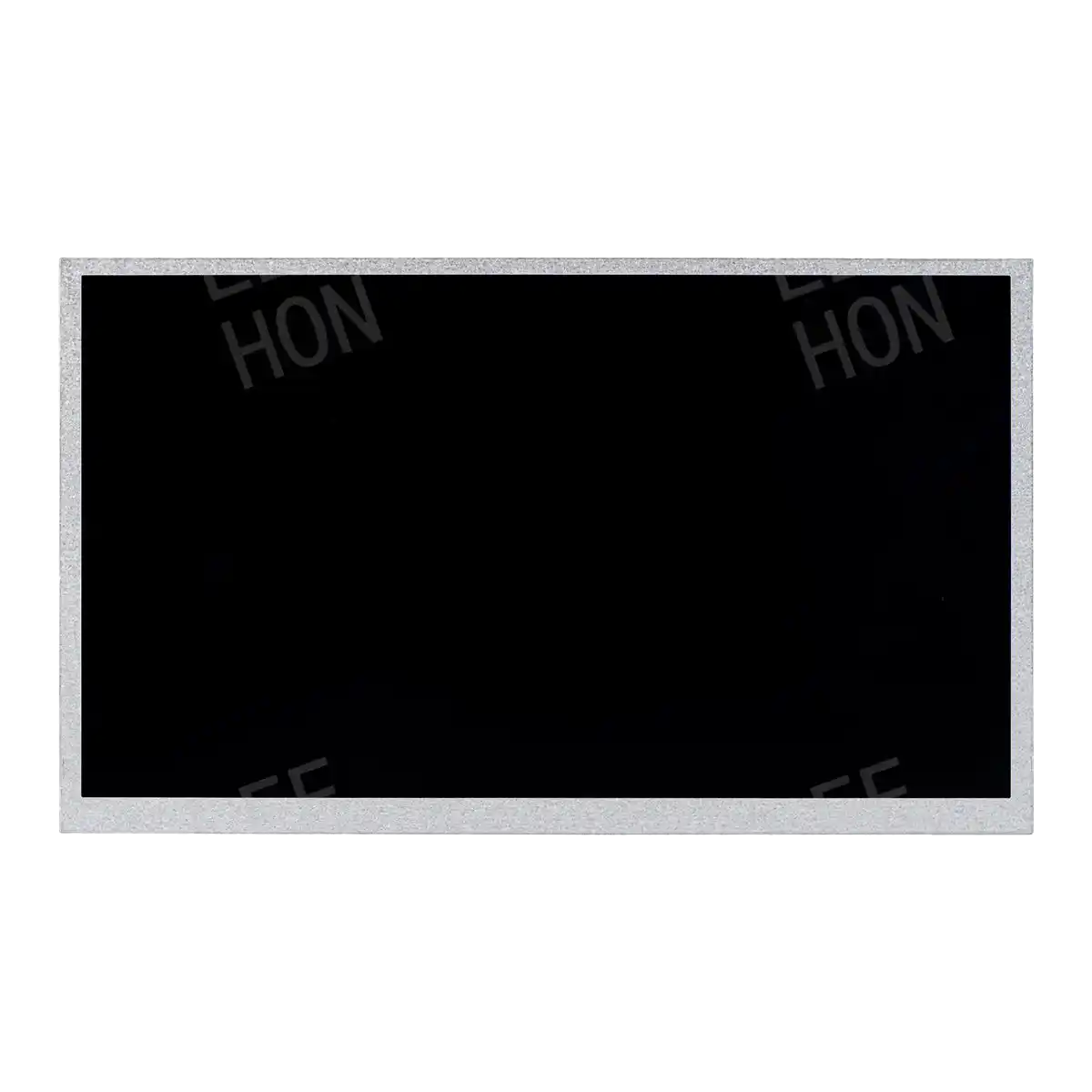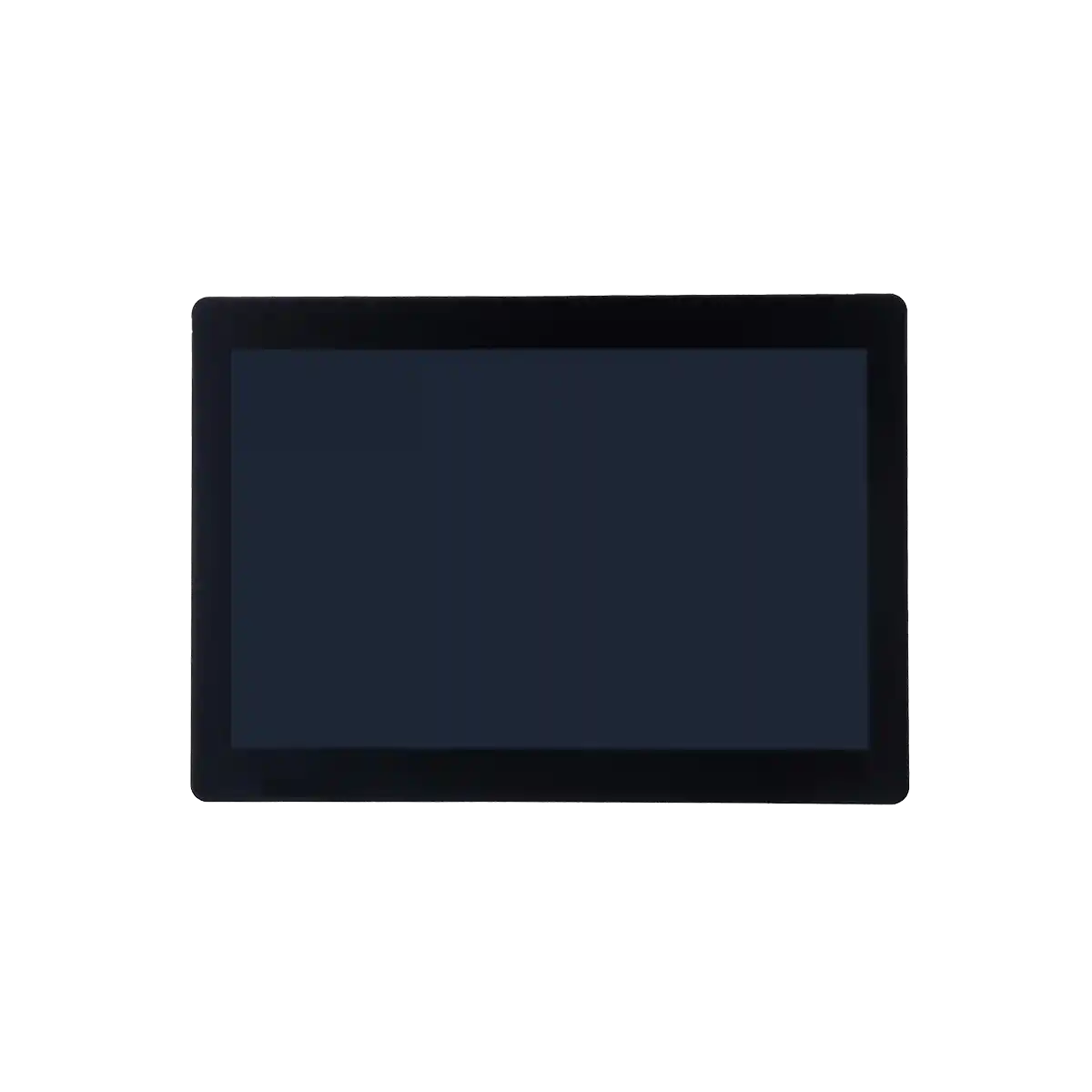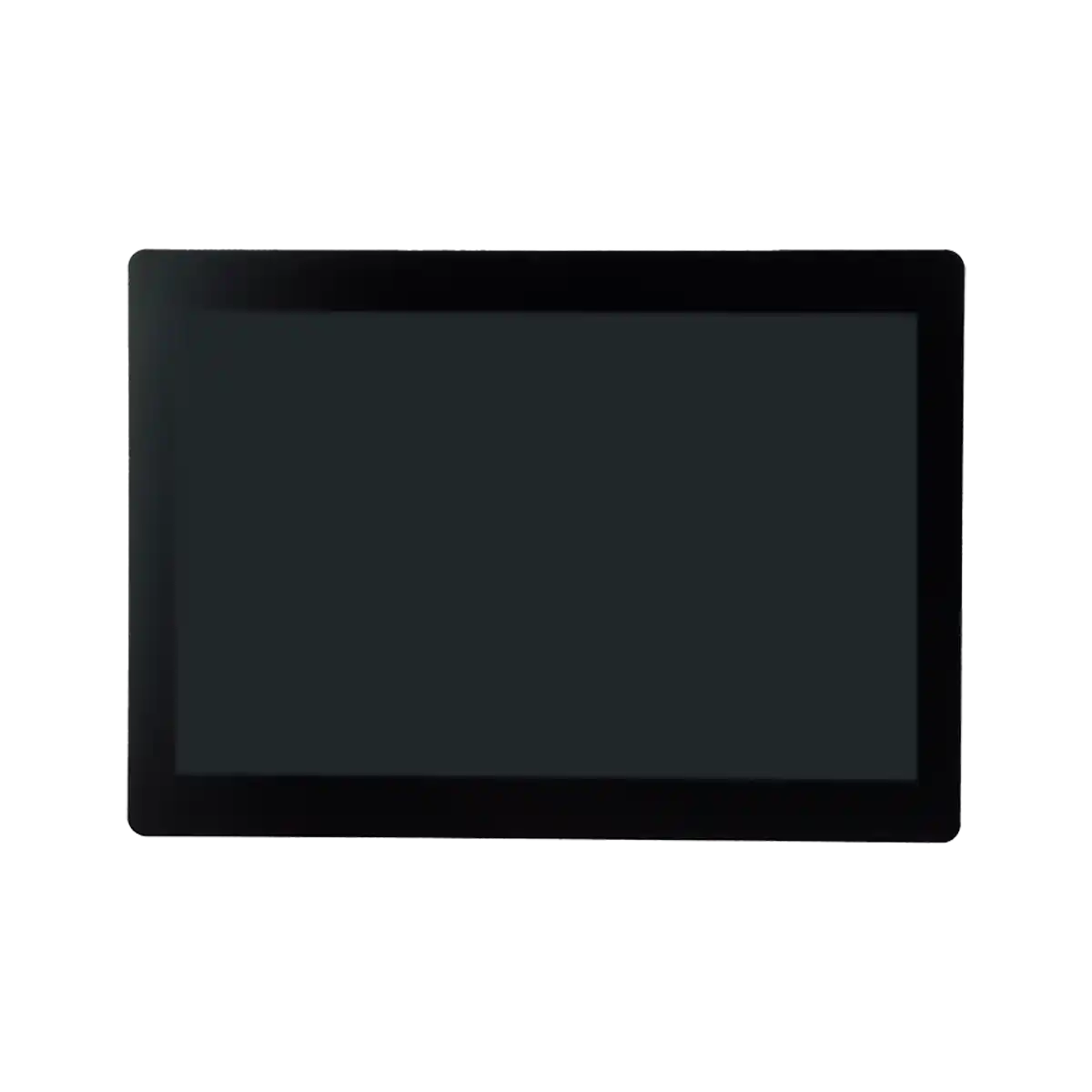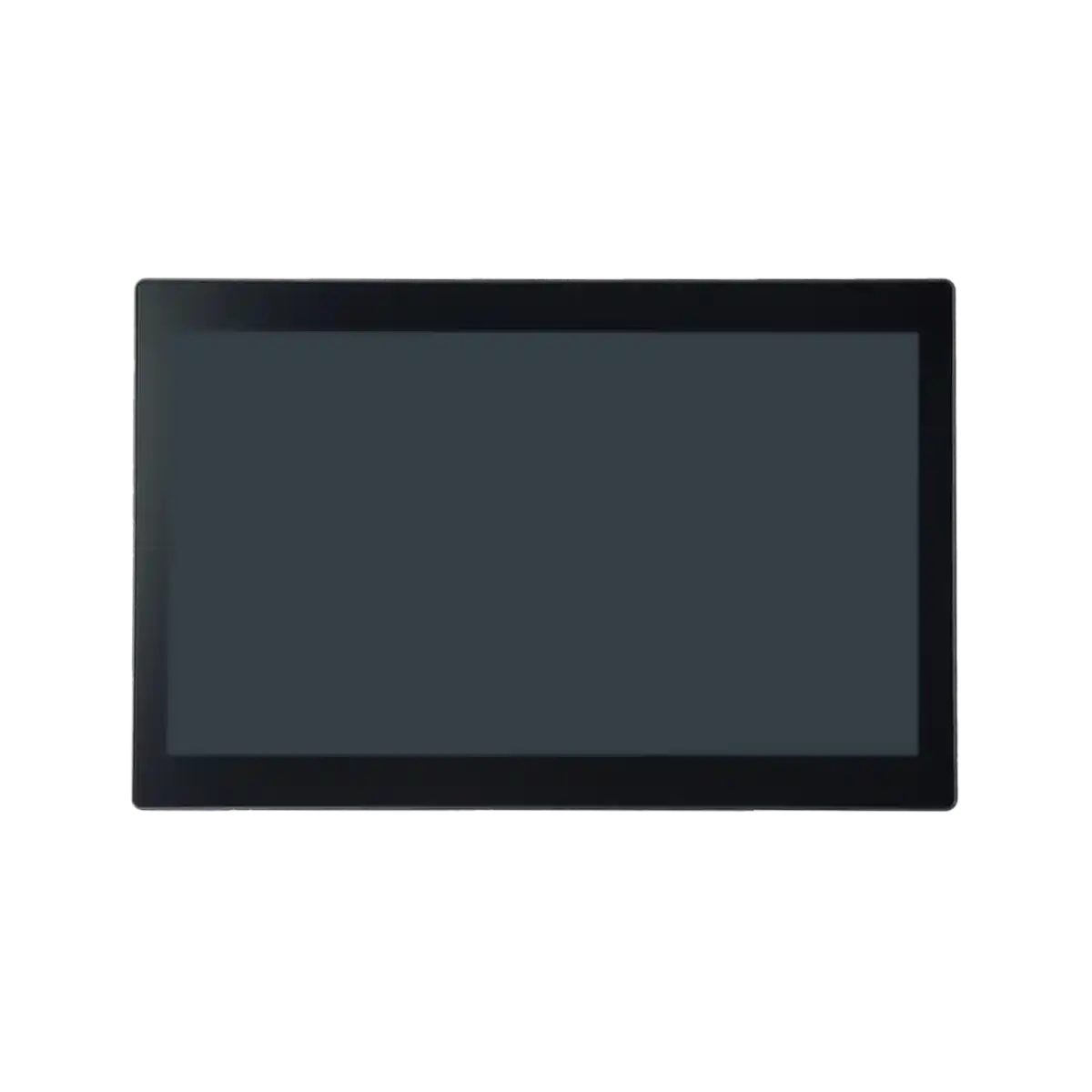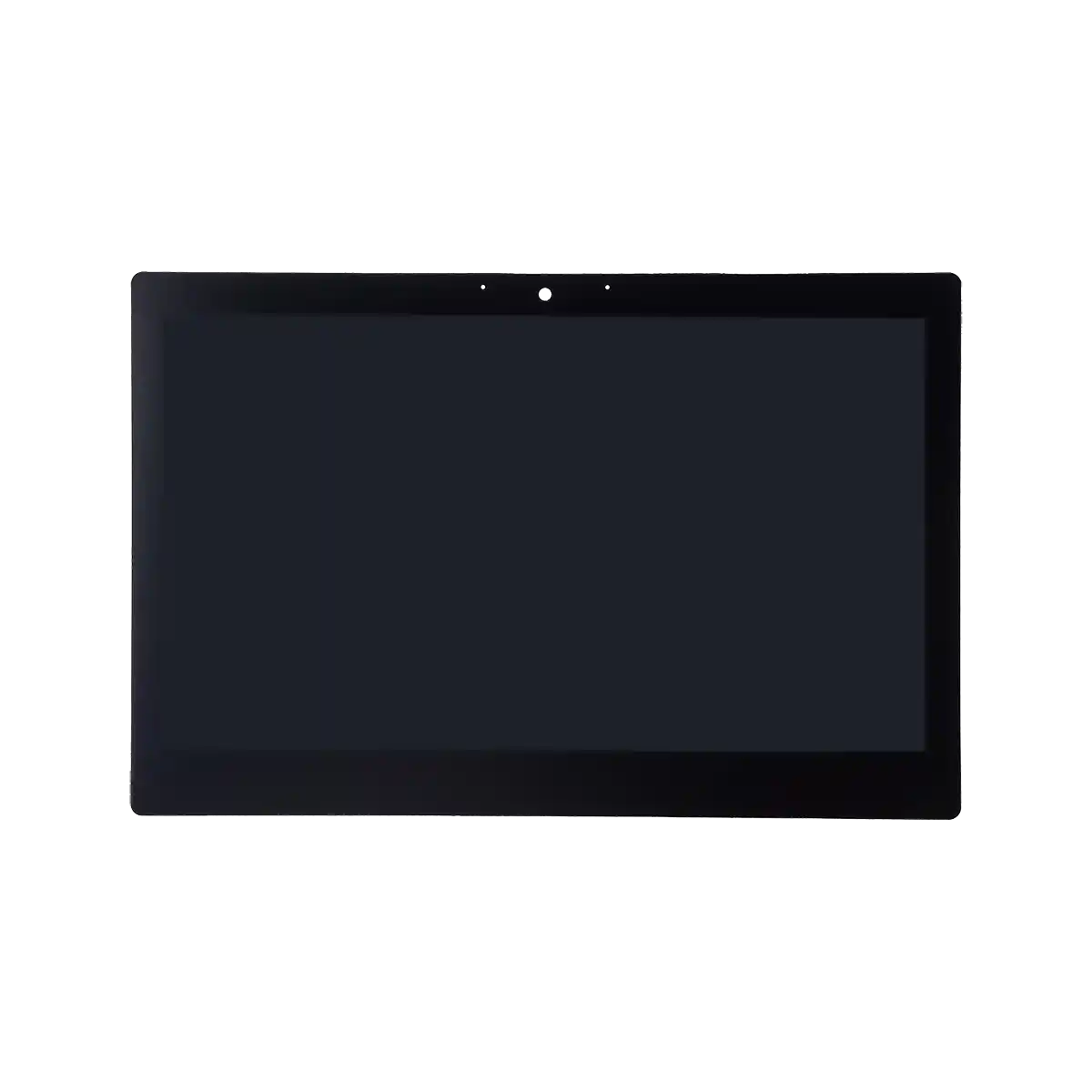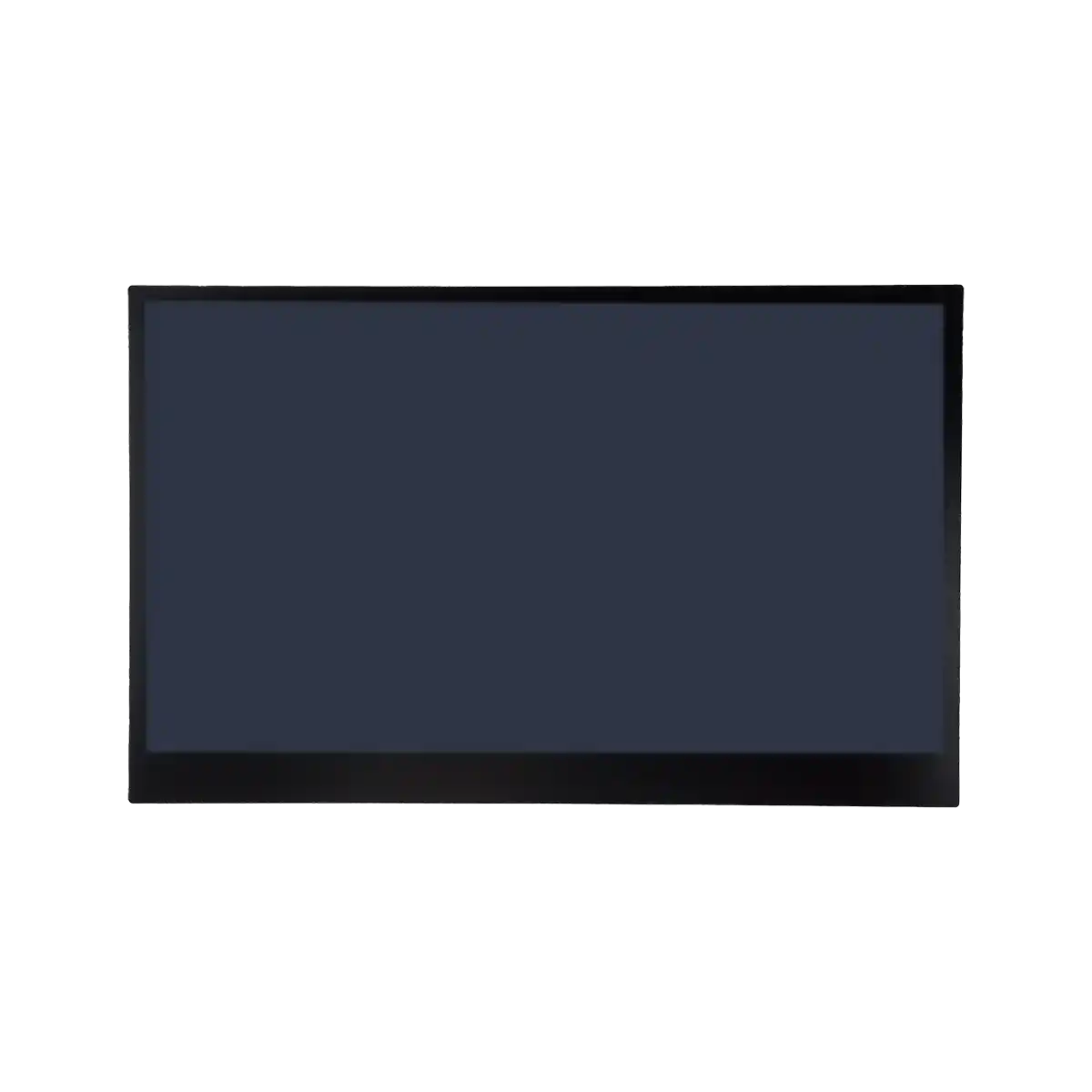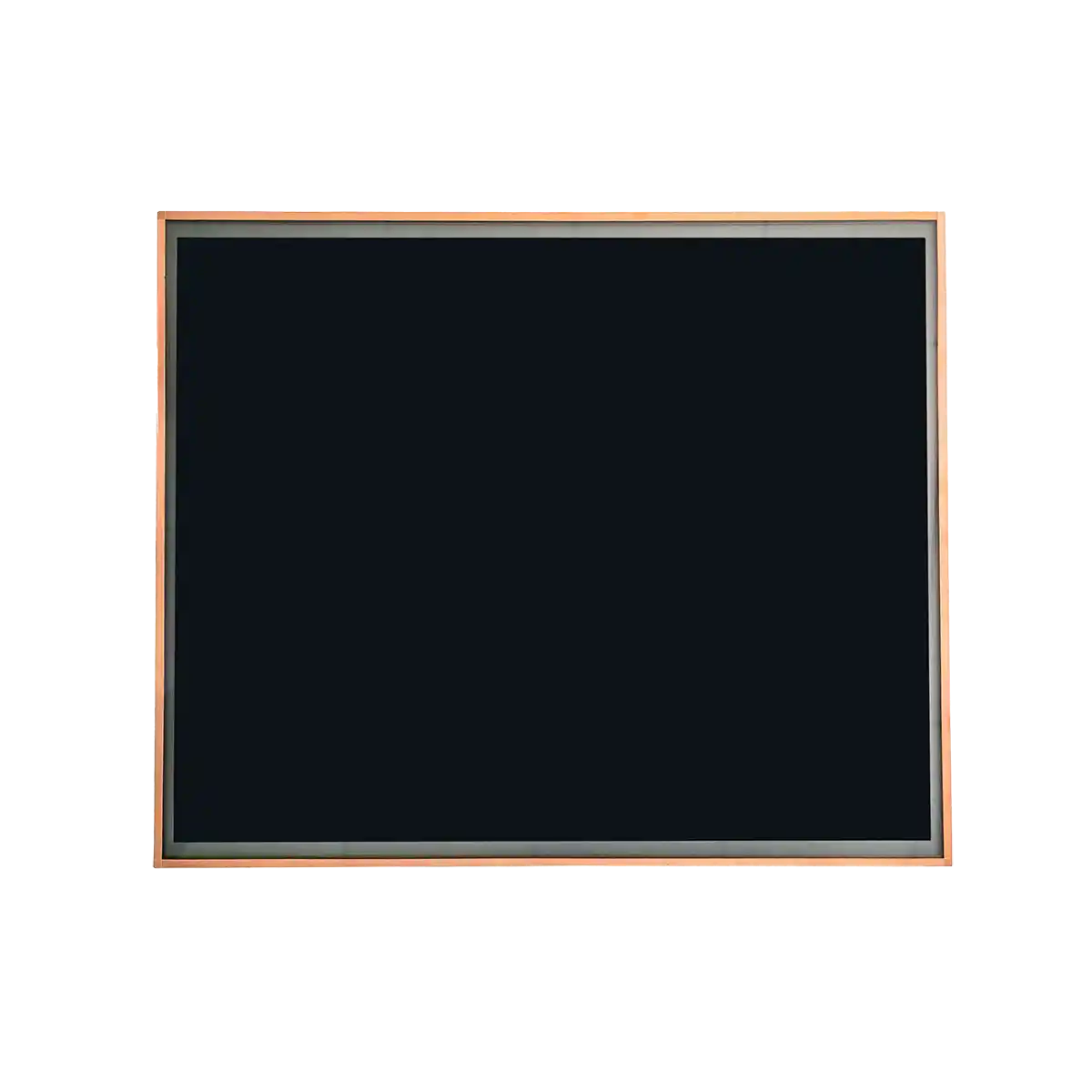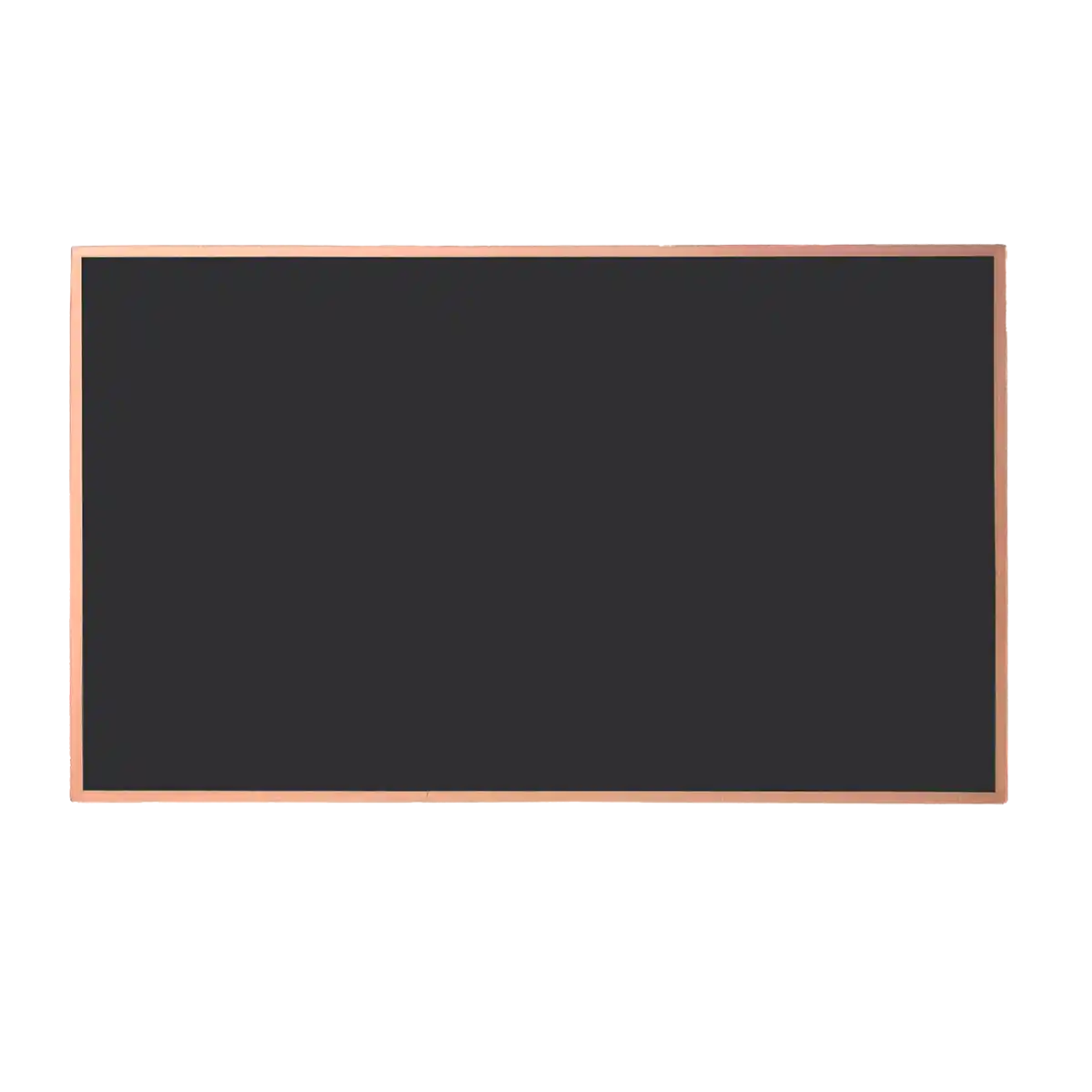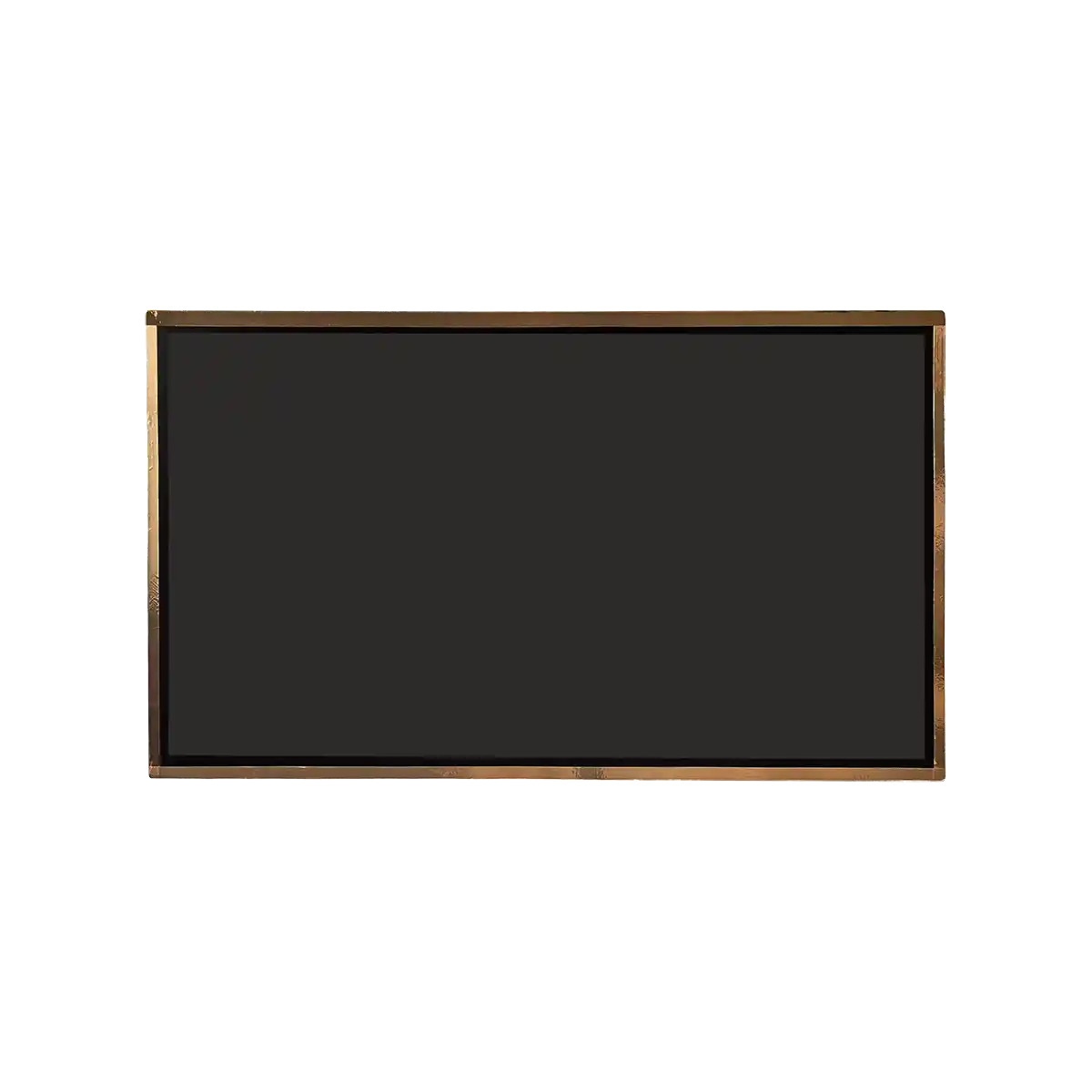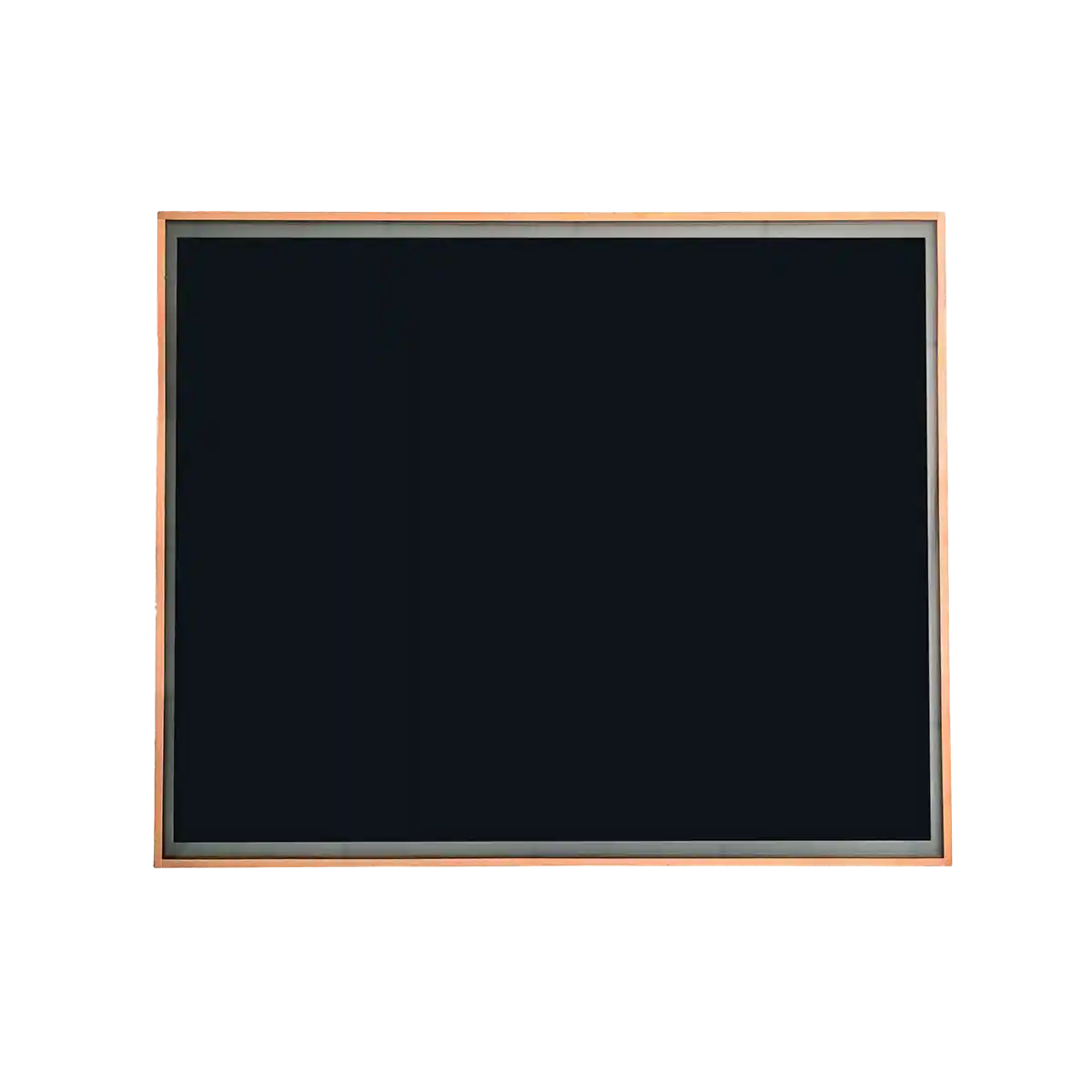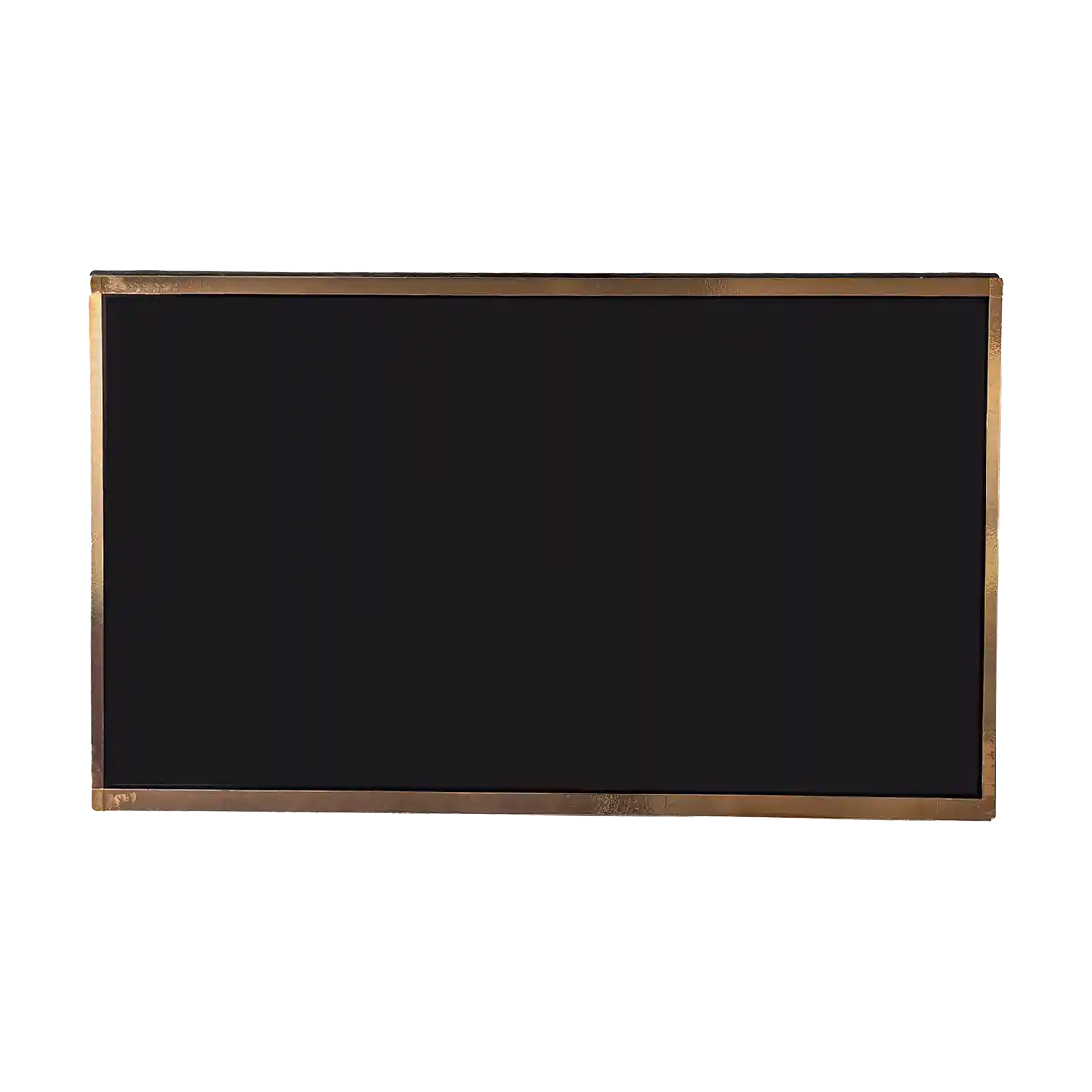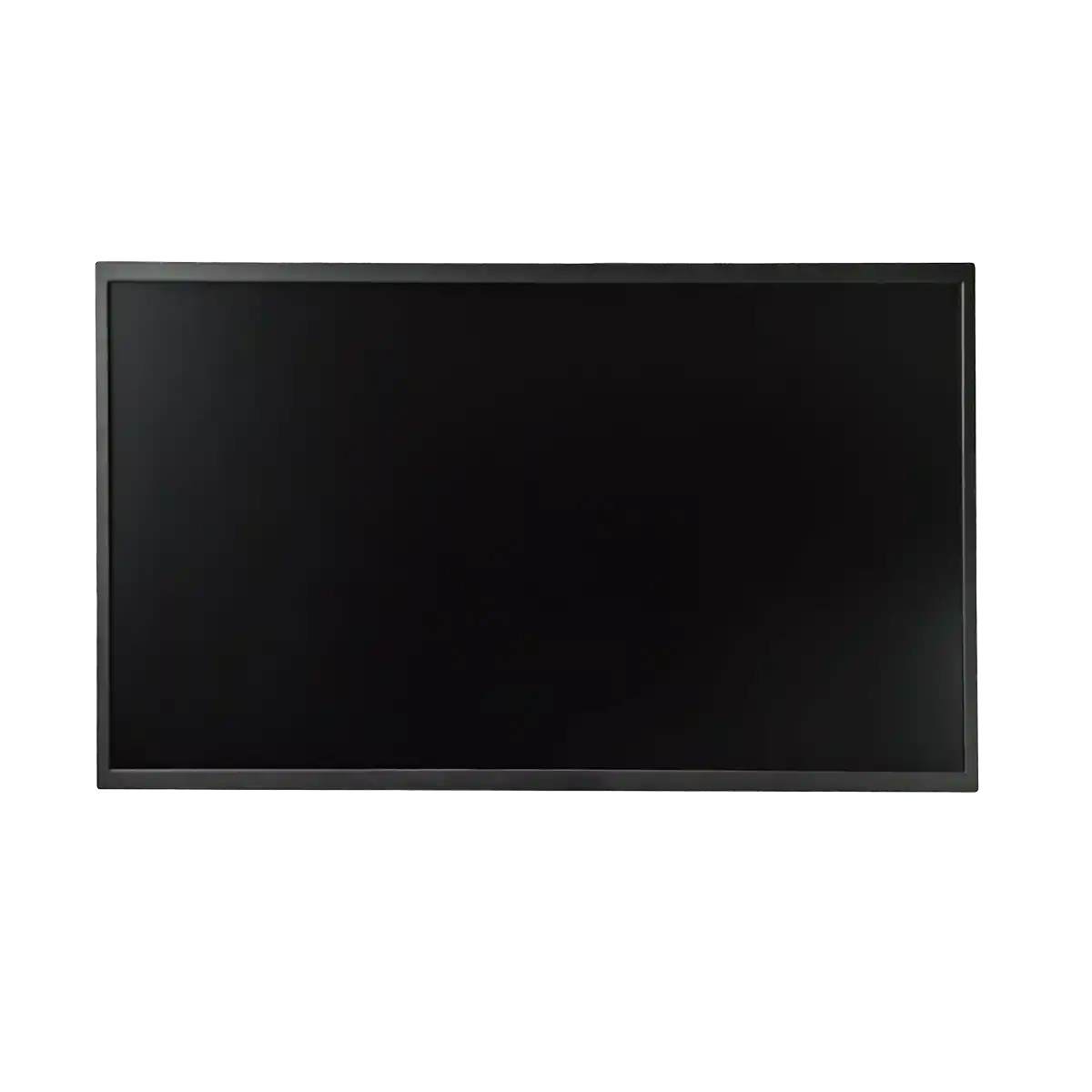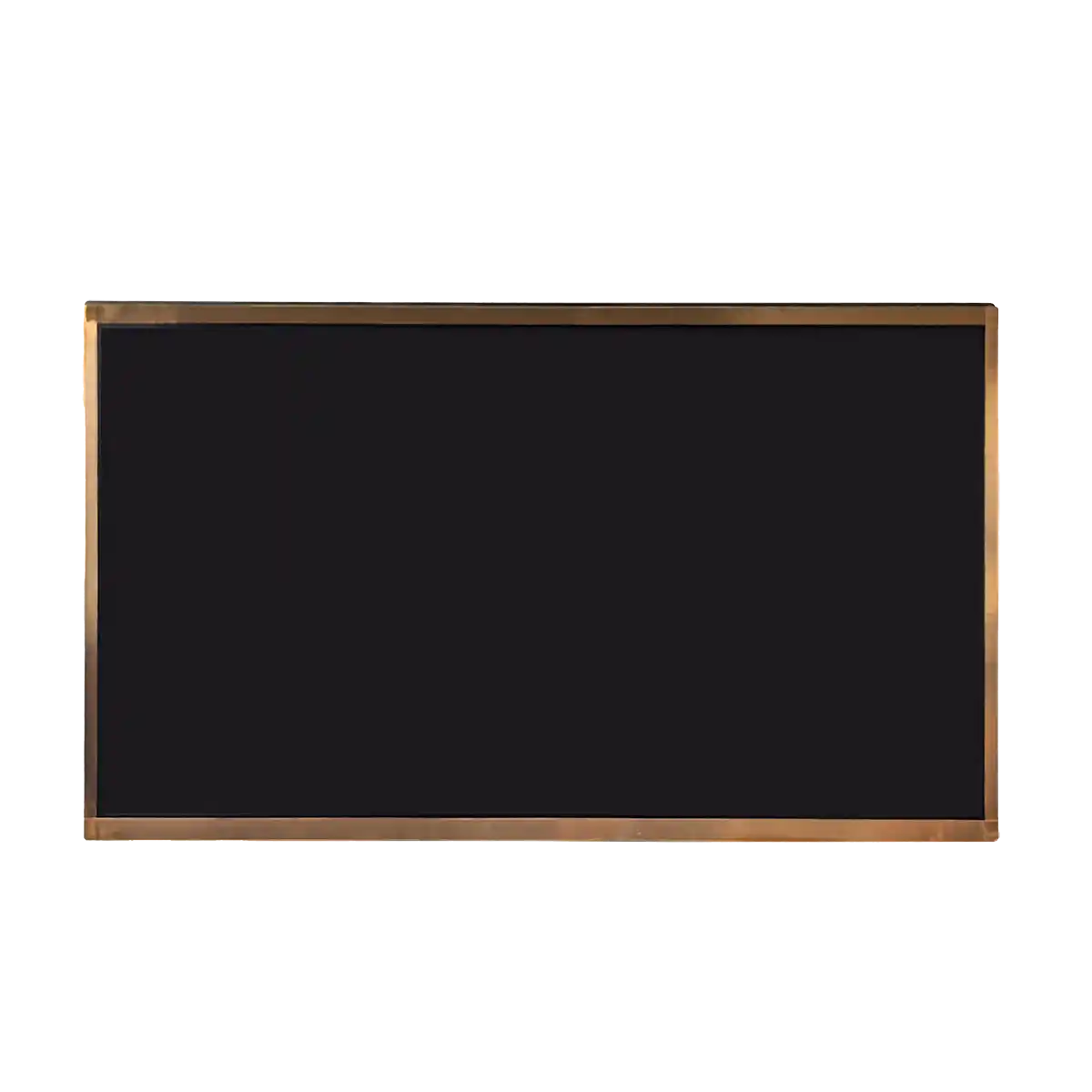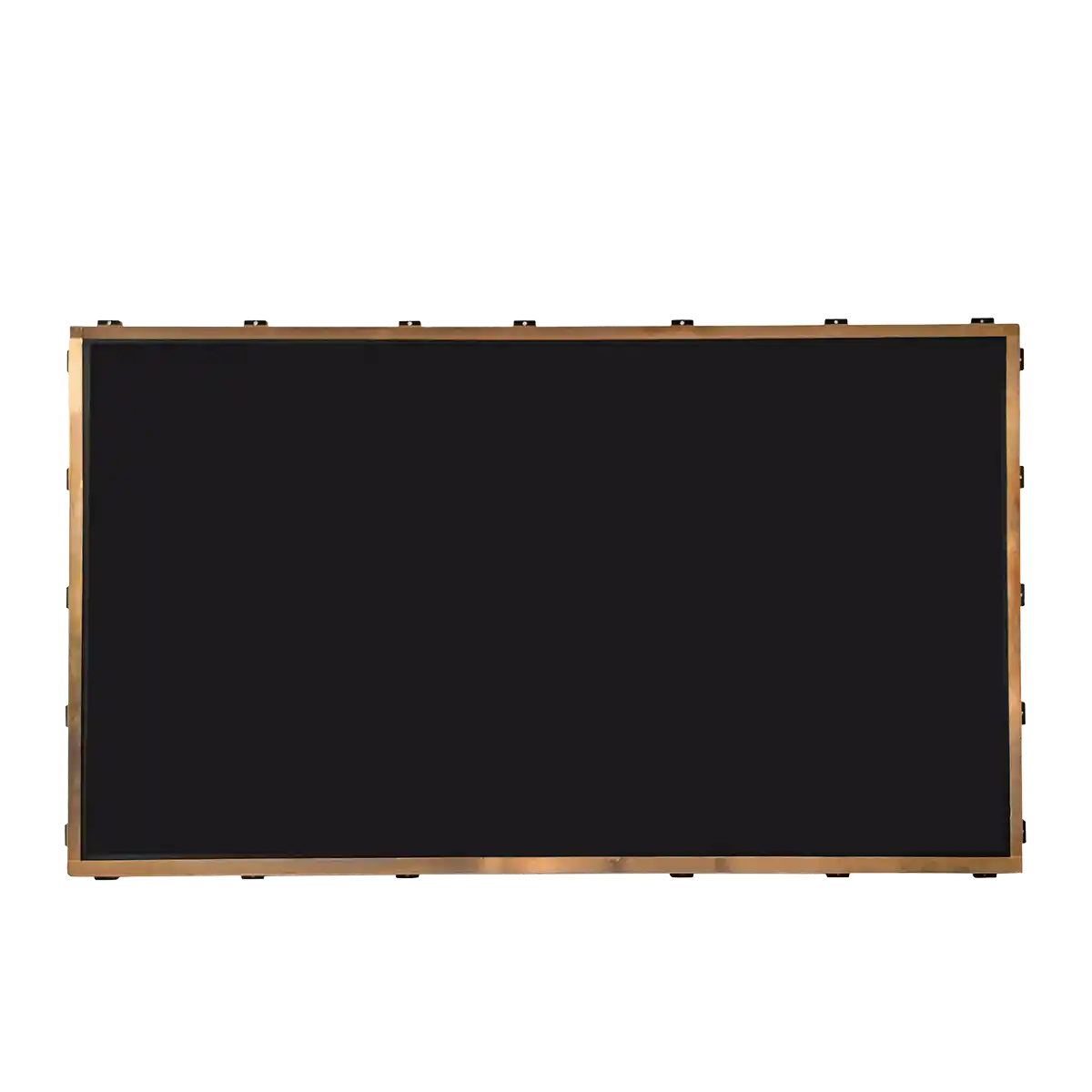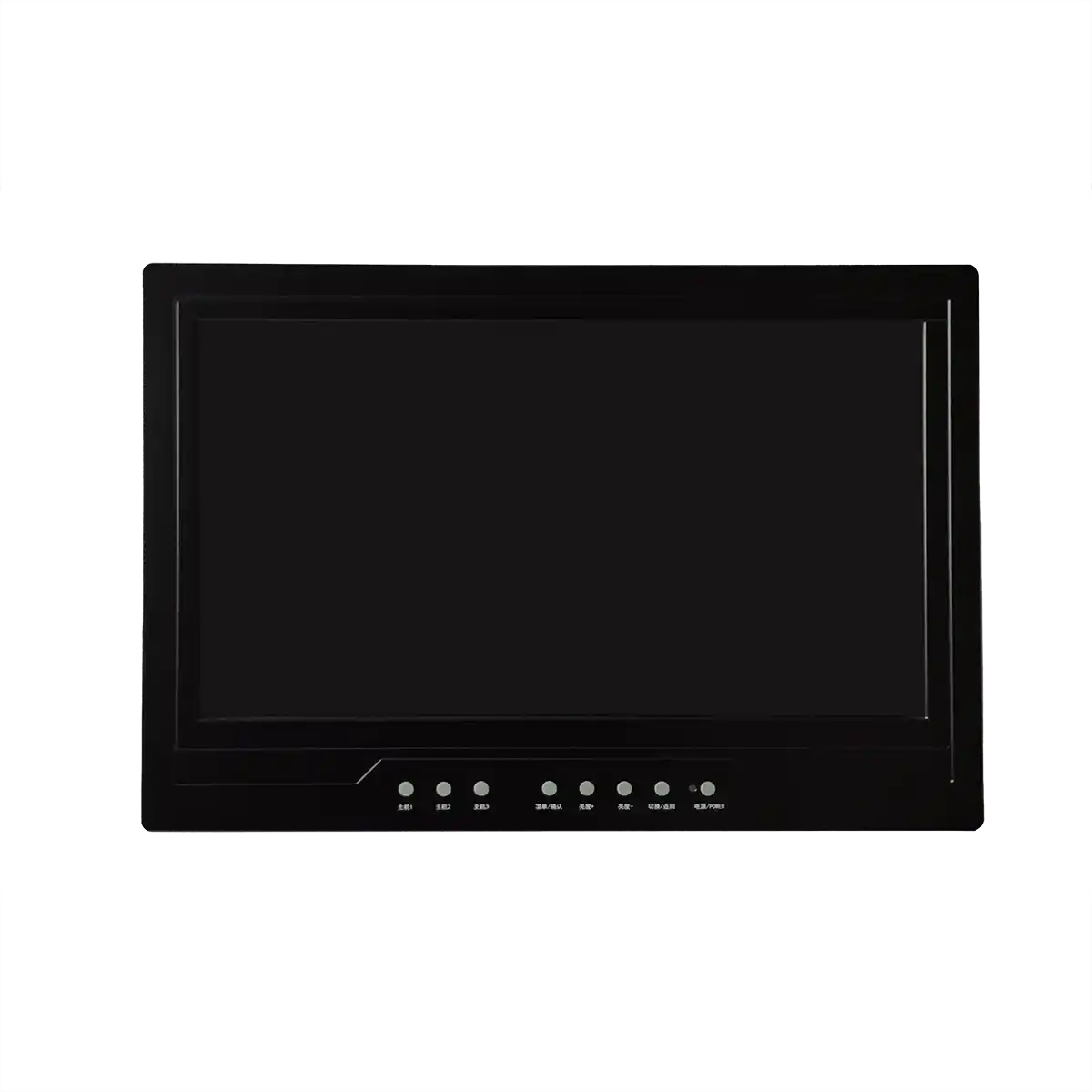Machine Tool Control Panel Screen Selection Strategy and Solution: BA104S01-300 Assessment
1. Executive Summary
This report aims to provide machine tool industry clients with a selection strategy and solution for Human-Machine Interface (HMI) screens for control panels, specifically conducting an in-depth assessment of the BOE BA104S01-300 LCD model. The client's core requirements are high cost-effectiveness, display clarity sufficient for basic needs, and stable, reliable performance.
The report first clarifies the key requirements for machine tool control panel displays, including the client's prioritized balance between cost, clarity, and stability, as well as durability in industrial environments (operating temperature, dust/moisture proofing, vibration resistance, electromagnetic compatibility) and optimization of user interaction and readability (viewing angles, brightness, contrast ratio, surface treatment).
Regarding the BOE BA104S01-300, the report analyzes its technical specifications, performance (stability, lifespan, operational reliability), and evaluates its suitability for machine tool application needs and its cost-effectiveness. The results indicate that the BA104S01-300 is an industrial-standard, cost-effective display screen, with key parameters such as operating temperature range, backlight lifespan, and vibration resistance generally meeting the typical requirements for machine tool applications.
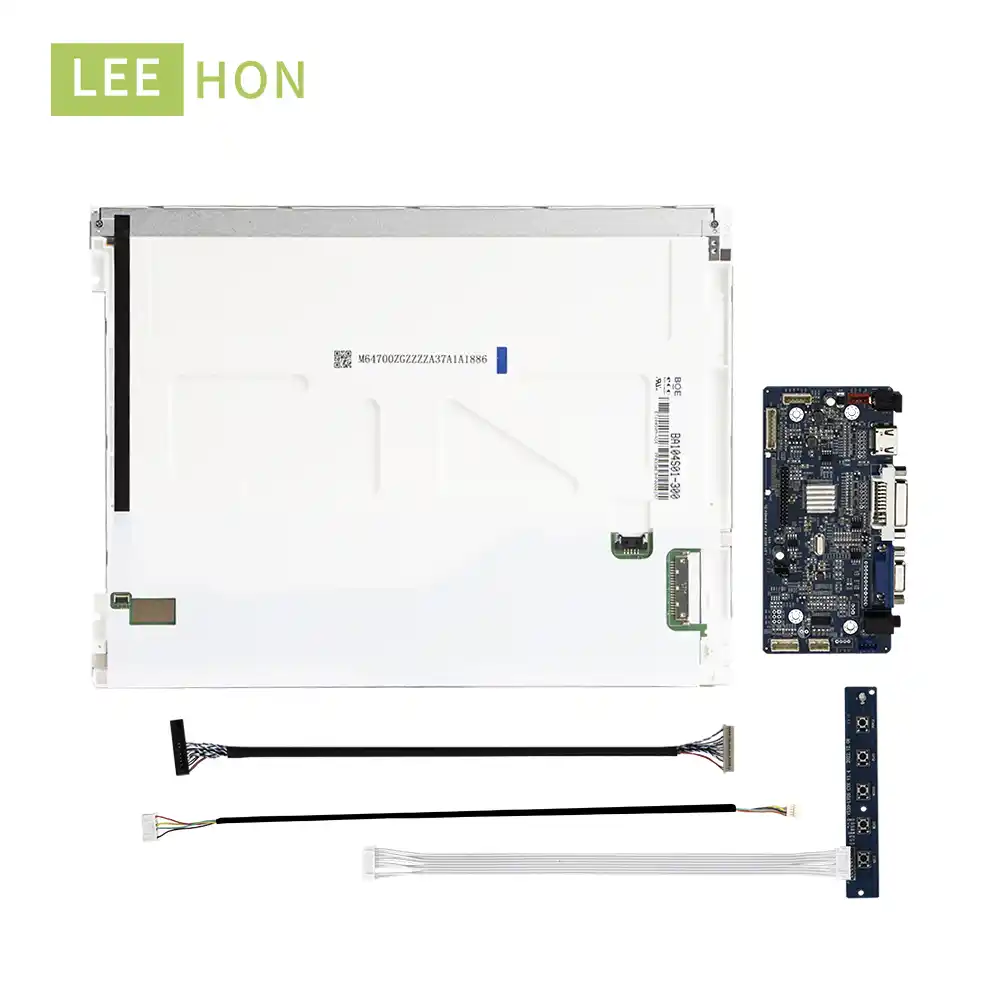
Furthermore, the report conducts a horizontal comparison with other mainstream 10.4-inch industrial displays on the market (such as products from AUO, Innolux, etc.), highlighting their differences in key parameters.
Finally, the report proposes a systematic display selection framework and provides specific recommendations based on the analysis: the BOE BA104S01-300 (anti-glare surface model selection to be confirmed) is a strong candidate to meet the client's current needs. Simultaneously, it is recommended that the client also evaluate models like the AUO G104STN01.3, which offer longer backlight lifespan and wider operating temperature ranges, to achieve better total cost of ownership and long-term reliability. The report also emphasizes the importance of long-term factors such as supply chain, technical support, and ease of integration.
2. Key Requirements for Machine Tool Control Panel Displays
To select a suitable Human-Machine Interface (HMI) display for the client's machine tool control panel, a set of evaluation criteria must first be established. These criteria must not only directly address the client's specific preferences but also fully consider the inherently demanding requirements of the industrial environment.
2.1. Meeting Customer Priorities: Balancing Cost, Clarity, and Stability
The three core demands explicitly stated by the customer—high cost-effectiveness, sufficient visual clarity, and stable performance—form the cornerstone of the selection decision. These three are not isolated but are interrelated and influence each other.
- Cost-Effectiveness : The client seeks a "high cost-effectiveness" solution, meaning the selection should not solely focus on the initial purchase price but rather on the Total Cost of Ownership (TCO). TCO includes factors such as the display's expected lifespan, reliability (which directly impacts downtime and replacement costs due to failures), and energy efficiency. The client's preference for "high cost-effectiveness" also implies a tendency to choose displays that meet core functional needs while avoiding unnecessary high-end features to control costs. (User Query)
- Visual Clarity : The client's statement "clear enough to see" indicates that the display parameters do not need to be top-tier, but must ensure that operators can clearly identify critical operational data. In practical applications, this usually means requiring sufficient resolution to display status indicators, numerical readouts, and simple graphical elements, along with brightness suitable for typical machine shop lighting conditions and a contrast ratio that ensures clear edges for text and images. For example, the SVGA (800x600) resolution provided by the BA104S01-300 is generally sufficient for such applications if other clarity indicators are met. ([User Query]^^) The information displayed on machine tool HMIs often involves button replacement and data display, making high resolution for complex graphics a non-priority. (^^)** **
- Performance Stability : "More stable performance" is a key requirement from the client, emphasizing the display's reliability during long-term operation, performance consistency within the specified environmental range, and predictable service life. This is directly related to multiple aspects such as backlight lifespan, component quality, and thermal management. (User Query)
The intrinsic connection among these three core priorities is evident: a screen with a low initial purchase cost but frequent failures or blurry display will inevitably have poor cost-effectiveness in the long run. Performance stability is key to achieving long-term cost-effectiveness and ensuring operational efficiency. Conversely, the pursuit of cost-effectiveness will also guide the selection towards displays that meet the basic acceptable threshold for clarity and stability for the application, rather than over-configuration. For instance, poor display quality can lead to operator errors, causing equipment downtime or damage, thereby affecting the user's perception of stability and increasing operational costs. Low stability (i.e., high failure rate) directly leads to replacement costs, repair labor, and production losses, nullifying the initial low-price advantage.
2.2. Ensuring Durability in Industrial Environments
The machine tool operating environment poses severe tests for the durability of HMI displays. The display must maintain reliable operation under various potential physical and environmental stresses.
-
Operating Temperature: Temperatures within a machine shop can fluctuate significantly, and the display must operate stably over a wide temperature range. Typical industrial-grade display screens, such as the BA104S01-300 and its series product BA104S01-200, usually offer an operating temperature range of, for example, -20°C to 70°C. (^^) Design considerations must include not only the overall ambient temperature of the factory but also the local heat generated by the machine tool itself or the temperature rise effect within an enclosed control panel. (^^)** **
-
Ingress Protection (IP Rating) against Dust and Moisture: Machine shops are often dusty, and some processes may involve coolants or oil mists. The HMI front panel should have adequate sealing to resist the ingress of these contaminants. IP ratings (e.g., IP65, IP67) are standards for measuring this protection. An IP65 rating typically protects against dust ingress and low-pressure water jets, which is sufficient for many industrial HMIs; IP67 offers complete dust protection and resistance to short-term immersion in water. (^^) It is important to note that the final IP protection level is determined by the overall structure of the HMI (including its housing and sealing design), while the LCD panel itself needs to be suitable for integration into such a protective enclosure. (^^) Although the BA104S01-300 panel itself does not carry an IP rating, its industrial application positioning (^^) implies that its design and material selection are compatible with enclosed integration solutions that can achieve corresponding IP ratings. This is crucial for meeting the client's demand for "stable performance," as contaminants are a common cause of electronic equipment failure.** **
-
Vibration Resistance: Machine tools inevitably generate vibrations during operation, and the HMI display must be able to withstand these vibrations without damage or performance degradation. Industrial equipment often needs to comply with specific vibration standards, such as IEC 60068-2-6 for electronic equipment or the robustness-focused MIL-STD-810G. (^^) The BOE BA104S01-300 has a nominal vibration resistance of 1.5G (14.7 m/s2) (^^), and Innolux's G104S1-L01 also specifies the same 1.5G (^^), indicating that 1.5G is a common benchmark for such industrial panels. In practical applications, this specification should be compared with the typical vibration characteristics of the machine tool (if relevant data is available) or refer to general industrial vibration guidelines. (^^)** **
-
Electromagnetic Interference (EMI) / Electromagnetic Compatibility (EMC): Machine tools typically contain high-power motors and drives, which are potential sources of electromagnetic interference. The HMI must have sufficient shielding measures or anti-interference design to prevent display abnormalities or functional failures due to EMI. Many industrial-grade HMIs are certified to standards like IEC 60721 to demonstrate their EMI/RFI resistance. (^^) The LVDS interface used by the BA104S01-300 (^^) generally offers better EMI performance compared to some older interface types. (^^) Electromagnetic interference is a significant factor affecting "stable performance"; HMIs susceptible to interference may exhibit erratic behavior, data corruption, or even complete failure, directly impacting machine tool operation and safety.** **
-
Chemical Resistance (Consideration for Specific Machine Tools): Depending on the type of machine tool and the coolants, lubricants, etc., used, the HMI screen surface may require resistance to specific chemicals. (^^) This is more a requirement for the HMI's overall front panel or protective film, but the LCD panel itself should be compatible with necessary protective layers.** **
Table 1: Summary of Machine Tool HMI Environmental and Operational Standards
| Standard Category | Example Standards (IEC/NEMA etc.) | Typical Machine Tool Application Requirements | Significance for Display Selection |
|---|---|---|---|
| Ingress Protection (Solid/Liquid) | IEC 60529 (IP Rating)^^ | Front panel IP65 or higher^^ | Ensures the display can be integrated into an enclosure meeting the protection level, resisting dust, oil, coolant, etc., to ensure long-term stable operation. |
| Operating Temperature | - | -20°C to +70°C (or wider, depending on specific conditions)^^ | Guarantees normal operation of the display within common workshop temperature ranges and under the influence of heat generated by the equipment itself, avoiding failures due to overheating or overcooling. |
| Storage Temperature | - | -30°C to +80°C (or wider)^^ | Ensures the display's environmental tolerance during non-operational states (e.g., transportation, storage). |
| Vibration Resistance | IEC 60068-2-6^^ | 1G - 2G (e.g.,1.5G (14.7 m/s2))^^ | Ensures the display can withstand continuous vibrations from machine tool operation, preventing loose connections, structural damage, or display abnormalities. |
| Electromagnetic Compatibility (EMC/EMI) | IEC 61000 series, IEC 60721^^ | Conforms to industrial environment requirements | Guarantees stable operation of the display in strong electromagnetic interference environments (e.g., near motors, frequency converters), preventing image distortion, freezing, etc. |
2.3. Optimizing User Interaction and Readability
In addition to durability, the display's visual effects and interactive features directly impact operational efficiency and user experience.
- Viewing Angle: Operators may view the screen from different positions and angles, so a wide viewing angle is crucial for maintaining consistent image quality. The BOE BA104S01-300 offers typical viewing angles (CR≥10) of 80° left/right, 65° up, and 75° down (^^), which is common for TN panels of this class. Although TN panels typically have narrower viewing angles than IPS panels, the nominal viewing angle of the BA104S01-300 is sufficient for a single operator usually positioned directly in front of the machine tool's control console. Its datasheet mentions "6 o'clock" or "12 o'clock" optimal viewing directions (^^), which should be considered during installation to match the operator's typical line of sight. Given the client's emphasis on cost-effectiveness, if a TN panel's viewing angles can meet basic needs, it might be preferred over more expensive IPS panels.** **
- Brightness (Luminance) and Contrast Ratio: The display's brightness must be sufficient for clear readability in the ambient light of a machine shop (typically indoors with variable lighting conditions). The BA104S01-300 has a typical brightness of 350 cd/m² (^^), a common level for indoor industrial displays. Its 800:1 typical contrast ratio (^^) helps to clearly distinguish different elements on the screen. As long as glare is effectively controlled, these standard parameters should meet the client's "clear enough to see" requirement.** **
- Resolution and Pixel Density (PPI): The BA104S01-300 has a resolution of 800x600 SVGA, which corresponds to a pixel density of approximately 96 PPI on a 10.4-inch screen. (^^) At typical HMI viewing distances, this PPI is usually sufficient to clearly display text, numbers, and simple graphics. (^^)** **
- Surface Treatment (e.g., Anti-Glare): Machine shops often use overhead lighting, which can easily cause glare and affect screen readability. Therefore, an anti-glare (AG) surface treatment is very beneficial for improving readability. Information regarding the surface treatment of the BA104S01-300 varies: some sources list it as "Clear" (^^), while others state "AG25 (CF), Clear (TFT)" (^^) or "Antiglare (Haze 25%)" (^^). This point needs to be clarified at the time of purchase; industrial applications typically prefer the anti-glare version. If only the clear surface version is available, an additional anti-glare film may need to be applied at the HMI level. (^^) In typical industrial lighting environments, glare significantly reduces readability, regardless of the screen's inherent brightness or contrast. Therefore, selecting an BA104S01-300 version with an anti-glare surface, or adding an anti-glare film to a clear version, is a key detail in meeting the client's "clear enough to see" requirement.** **
- Touchscreen (Optional but Common): Although the client did not explicitly specify touchscreen functionality for the BA104S01-300, many modern industrial HMIs use touchscreens for intuitive operation. (^^) Some sources indicate that the BA104S01-300 itself does not have touch functionality (^^), but e-commerce platforms also sell it integrated with a resistive touchscreen as the BA104S01-300-R01 model (^^), indicating that touch integration is feasible. Resistive touchscreens are widely used in industrial environments due to their good support for gloved operation and some resistance to contaminants. (^^)** **
3. In-depth Analysis of BOE BA104S01-300
This chapter will conduct a detailed assessment of the BOE BA104S01-300 LCD model based on the aforementioned key requirements and client preferences.
3.1. Comprehensive Technical Specifications Overview
The BOE BA104S01-300 is a 10.4-inch a-Si TFT-LCD module designed for applications such as industrial and medical imaging. (^^) Some sources also mention the model ET104S0M-N10 as an alias. (^^)** **
Table 2: BOE BA104S01-300 Detailed Technical Specifications
| Parameter | Specification Value | Reference |
|---|---|---|
| Manufacturer | BOE (京东方) | ^^ |
| Model | BA104S01-300 (Alias ET104S0M-N10) | ^^ |
| Size | 10.4 inches | ^^ |
| Aspect Ratio | 4:3 | ^^ |
| Resolution | 800(RGB)×600, SVGA | ^^ |
| Pixel Density (PPI) | 96 PPI | ^^ |
| Panel Type | a-Si TFT-LCD, TN, Normally White, Transmissive | ^^ |
| Brightness (Typical) | 350 cd/m² | ^^ |
| Contrast Ratio (Typical) | 800:1 | ^^ |
| Viewing Angle (CR≥10, Typical) | Left/Right: 80°, Up: 65°, Down: 75° | ^^ |
| Response Time (Tr+Td, Typical) | 30 ms | ^^ |
| Display Colors | 262K / 16.2M (6-bit / 6-bit + FRC) | ^^ |
| Color Gamut (NTSC Ratio) | 55% - 57% | ^^ |
| Interface Type | LVDS (1 channel, 6/8-bit), 20 pins Connector (STM MSB24013P20) | ^^ |
| Backlight Type | WLED, Edge light type (Top side) | ^^ |
| Number of Backlight Lamps | 6S4P | ^^ |
| Backlight Lifespan (Minimum) | 30,000 hours | ^^ |
| LED Driver | Built-in | ^^ |
| Input Voltage (Panel) (Typical) | 3.3V | ^^ |
| Operating Temperature | -20 ~ 70 °C | ^^ |
| Storage Temperature | -30 ~ 80 °C | ^^ |
| Outline Dimensions (WxHxD) | 236 × 176.9 × 5.6/5.9 mm (thickness varies slightly) | ^^ |
| Display Area (WxH) | 211.2 × 158.4 mm | ^^ |
| Weight (Typical) | Approx. 300g | ^^ |
| Surface Treatment | Clear^^/ Antiglare (Haze 25%)^^/ AG25(CF)^^ | ^^ |
| RoHS Compliance | Yes | ^^ |
| Vibration Resistance | 1.5G (14.7m/s2) | ^^ |
| Designed Application Areas | Industrial, Medical Imaging | ^^ |
It is worth noting that there is inconsistent information regarding the surface treatment; industrial applications typically prefer an anti-glare version for better readability. Additionally, one source lists its application area as "Pad, Tablet" (^^), which contradicts most sources that indicate "Industrial" applications (^^). Considering its overall specifications and descriptions from most suppliers, this panel is more suited for industrial application scenarios; the "Pad, Tablet" description might refer to the broad applicability of its a-Si TFT-LCD technology or a deviation in that specific source.** **
3.2. Performance Evaluation: Stability, Lifespan, and Operational Reliability
- Stability: The BA104S01-300 features a wide operating temperature range of -20°C to 70°C, which is crucial for maintaining stable operation in variable industrial environments. (^^) The LVDS interface is known for its robust signal transmission, contributing to stable image display. (^^) The built-in LED driver simplifies system integration and may contribute to the stability of backlight performance. (^^) Its 1.5G vibration resistance is a positive indicator for applications like machine tools that involve mechanical vibrations. (^^)** **
- Lifespan: The WLED backlight system has a nominal minimum lifespan of 30,000 hours, a key performance indicator. (^^) This is equivalent to over 3.4 years of 24/7 continuous operation, or nearly 10 years of use under typical industrial shifts (e.g., 8 hours a day). This 30,000-hour (minimum) backlight lifespan is crucial for achieving the "stable performance" (predictable operational life) and "high cost-effectiveness" (reducing replacement frequency) desired by the client. Although the typical value (Typ.) might sometimes be higher (^^ mentions 30K Typ.), the minimum value (Min.) is a guaranteed performance baseline. The backlight is usually the component in an LCD screen that degrades first, so a guaranteed minimum lifespan helps in better planning maintenance cycles and calculating the total cost of ownership. This lifespan level is also a standard configuration for many industrial panels, making it competitive in the market.** **
- Operational Reliability: BOE, as one of the world's major panel manufacturers, should have production processes and quality control that meet certain standards. (^^) This panel is explicitly designed for "Industrial" applications (^^), meaning its manufacturing standards are typically higher than consumer-grade display products to adapt to more demanding working conditions. The TN display technology it uses, although limited in viewing angles, is mature and generally has good reliability. (^^) This model is available from multiple distributors and is in "Mass Production" status (^^), indicating a relatively stable supply chain and ongoing technical support. Regarding warranty, terms vary among different suppliers (e.g., an eBay seller offers a 90-day warranty ^^, an Amazon seller offers 30-day returns/exchanges ^^); the manufacturer's official warranty policy would be more indicative but was not directly found in the available information. Some channels may offer extended warranties or third-party protection plans. (^^)** **
3.3. Fit with Machine Tool Application Requirements
-
Clarity: An 800x600 resolution on a 10.4-inch screen (96 PPI) is generally sufficient for displaying common HMI information on machine tools, such as status information, parameter readings, and simple diagrams. (^^)** **
-
Brightness and Contrast: A brightness of 350 nits and an 800:1 contrast ratio are adequate for viewing needs in indoor factory environments, provided that glare is effectively managed (ideally by using an anti-glare surface). (^^)** **
-
Environmental Tolerance: An operating temperature range of -20°C to 70°C and 1.5G vibration resistance meet common industrial environmental requirements. (^^) To achieve dust and moisture protection, it must be integrated into an HMI enclosure that meets the appropriate IP rating.** **
-
Interface: LVDS is a standard display interface in the industrial sector, compatible with many embedded systems and single-board computers used for HMI controllers. (^^)** **
-
Touch Integration: The existence of the BA104S01-300-R01 model (^^) indicates that a resistive touchscreen can be integrated, which is a plus for modern HMIs as touch interaction is very common. This needs further confirmation during selection.** **
Table 3: Machine Tool HMI Display Requirements Checklist and BA104S01-300 Compliance Assessment
| Requirement Category | Customer Priority/Industrial Specification | BA104S01-300 Specification | Compliance Assessment | Remarks/Explanation |
|---|---|---|---|---|
| Cost-Effectiveness | High | Competitively priced (inferred from retail market) | Yes | Avoids unnecessary high-end features, aligning with the client's pursuit of cost-effectiveness. |
| Clarity - Resolution | Sufficient to display operational data (SVGA acceptable) | 800x600 (SVGA), 96 PPI^^ | Yes | Meets basic HMI information display needs. |
| Clarity - Brightness | Adapts to indoor factory lighting (approx. 300-400 nits) | 350 nits (Typical)^^ | Yes | Sufficient if glare is controlled. |
| Clarity - Contrast Ratio | Clearly distinguishes display elements (approx. 700:1 or higher) | 800:1 (Typical)^^ | Yes | Provides good image layering. |
| Clarity - Viewing Angle | Clear viewing for a single operator from multiple angles | L/R:80°, U:65°, D:75° (Typical)^^ | Yes (for a single operator) | TN panel viewing angles are limited but sufficient for an operator directly in front. |
| Clarity - Surface Treatment | Reduces glare, improves readability (Anti-Glare AG) | Clear and Anti-Glare versions exist (confirmation needed)^^ | Conditional Yes | Strongly recommend selecting an anti-glare version or adding an AG film. |
| Stability - Operating Temperature | -20°C to +70°C | -20°C to +70°C^^ | Yes | Meets standard industrial temperature range. |
| Stability - Backlight Lifespan | At least 30,000 hours | 30,000 hours (Minimum)^^ | Yes | Provides good long-term operational assurance. |
| Stability - Vibration Resistance | 1.5G | 1.5G (14.7m/s2)^^ | Yes | Adapts to typical machine tool vibration environments. |
| Stability - Protection Rating (Post-Integration) | Front panel IP65 | Panel itself has no IP rating, requires integration into a protective enclosure | System integration required | Panel design is suitable for industrial integration. |
| Stability - EMC (Post-Integration) | Meets industrial EMC standards | LVDS interface has good EMI characteristics, requires system-level EMC design | System integration required | LVDS interface helps improve overall system EMC performance. |
| Touch Function (Optional) | Suitable for industrial environments (e.g., resistive) | Can be integrated with resistive touchscreen (e.g., BA104S01-300-R01^^) | Yes (model confirmation needed) | Provides flexibility in interaction methods. |
3.4. Cost-Performance Value Proposition
- Price Point: While precise OEM procurement prices are unavailable, retail market prices can offer some reference. For example, prices on AliExpress are around $78-$82 (^^), and on eBay around $110 (^^). Similar industrial panels on Alibaba range from $55-$80. (^^) This information suggests that the BA104S01-300 is competitively priced among industrial-grade panels.** **
- Balance of Performance and Cost: The BA104S01-300 offers standard industrial-grade specifications (such as operating temperature range, backlight lifespan, brightness, etc.) at a relatively reasonable price point. It avoids high-end features that would significantly increase costs (e.g., extremely high resolution, ultra-wide viewing angles of IPS panels, extremely high brightness), which aligns well with the client's preferences for "parameters not needing to be too good" and "high cost-effectiveness."
- Long-Term Value: The 30,000-hour backlight lifespan helps reduce the Total Cost of Ownership (TCO) by decreasing replacement frequency.
Overall, if stable performance and basic clarity are the main drivers, and high-end features are not required, the BA104S01-300 appears to meet the client's needs well. Its "general-purpose" industrial specifications make it a reliable "workhorse" panel.
4. Horizontal Comparison: Other 10.4-inch Industrial Displays
To more comprehensively assess the positioning of the BOE BA104S01-300, this chapter compares it with other mainstream 10.4-inch SVGA (or similar specification) industrial-grade LCDs on the market. This aims to provide the client with a broader perspective and identify potentially superior or alternative options.
4.1. Overview of Feasible Alternatives
Besides BOE, several other well-known manufacturers offer 10.4-inch display panels suitable for industrial environments:
- AUO (AU Optronics): For example, the G104STN01.3 model, offering SVGA resolution, 450 nits brightness, an operating temperature range of -30 to 80°C, and a backlight lifespan of up to 50,000 hours. (^^)** **
- Innolux (formerly Chimei Optoelectronics): For example, the G104S1-L01 model, featuring SVGA resolution, 400 nits brightness, -20 to 70°C operating temperature, 30,000 hours backlight lifespan, and 1.5G vibration resistance. (^^)** **
- Tianma Microelectronics: For example, the TM104SDH03 model (SVGA, 400 nits, -30 to 80°C, 50,000 hours lifespan, though discontinued, it serves as a representative) (^^) and the P1040VGF1MB00 model (VGA 640x480, 450 nits, -30 to 80°C, with touch function, note this is VGA not SVGA) (^^).** **
- Mitsubishi Electric: Offers various 10.4-inch panels, some SVGA models (e.g., AA104SH02, AA104SL02), and also XGA models. (^^ mentions the EZ-10MT-S display uses a 10.4-inch SVGA TFT screen).** **
- Hantronix: HDA1040S model (SVGA, 400 nits, -20 to 70°C, LVDS interface). (^^)** **
- Shenzhen Zhunyi Technology: Z104001 model (SVGA, 350 nits, LVDS interface), but existing data does not specify its operating temperature. (^^)** **
- Advantech: Offers 10.4-inch SVGA LCD kits or displays, with operating temperature ranges typically from -20 to 60°C. (^^)** **
Many suppliers, in addition to bare screens, may offer value-added services such as touchscreen integration or matching driver boards. (^^)** **
4.2. Key Differences and Benchmark Comparison with BA104S01-300
-
Operating Temperature: Some alternative models like AUO G104STN01.3 and Tianma TM104SDH03 offer a wider operating temperature range (-30 to 80°C) than the BA104S01-300 (-20 to 70°C). (^^) This might be more advantageous for more extreme working environments but could also entail higher costs.** **
-
Brightness:
- BOE BA104S01-300: 350 nits
- AUO G104STN01.3: 450 nits (^^)** **
- Innolux G104S1-L01: 400 nits (^^)** **
- Tianma TM104SDH03: 400 nits (^^)** **
- Hantronix HDA1040S: 400 nits (^^) Higher brightness helps improve readability in stronger ambient light but usually increases power consumption and potential cost.** **
-
Backlight Lifespan:
- BOE BA104S01-300: 30,000 hours (Minimum)
- AUO G104STN01.3: 50,000 hours (^^)** **
- Innolux G104S1-L01: 30,000 hours (Minimum) (^^)** **
- Tianma TM104SDH03: 50,000 hours (Minimum) (^^) A longer backlight lifespan (e.g., 50,000 hours versus 30,000 hours) means better long-term reliability and lower total cost of ownership, which are important considerations for the client's focus on "stable performance" and "high cost-effectiveness."** **
-
Contrast Ratio and Viewing Angle: TN panels in this category mostly have similar contrast ratios (around 700:1 to 800:1) and viewing angles. Minor differences may exist, but for the client's "clear enough to see" requirement, the impact might not be significant.
-
Power Consumption: The total power consumption of the BA104S01-300 is between approximately 2.57W and 3.366W (^^), while other models like AUO G104STN01.3 consume about 3.9W (^^), and Innolux G104S1-L01 about 4.8W (^^). Lower power consumption contributes relatively little to overall cost-effectiveness but might be considered in some energy-sensitive applications.** **
-
Vibration Resistance: Innolux G104S1-L01 also specifies 1.5G (^^), consistent with the BA104S01-300. This specification for other alternatives is not fully clear in the existing data.** **
-
Availability and Price: The BOE BA104S01-300 appears to be available from multiple distributors. (^^) Alternatives with superior specifications (such as wider temperature range, higher brightness, longer lifespan) usually come at a higher price. Price comparisons through inquiries are necessary at the time of actual procurement.** **
-
Surface Treatment: Similar to the BA104S01-300, ensuring that alternatives also use an anti-glare surface is very important. Many industrial panels like AUO G104STN01.3 (^^) and Innolux G104S1-L01 (^^) are standard with anti-glare treatment.** **
Panels like the AUO G104STN01.3, with a 50,000-hour backlight lifespan and a wider operating temperature range (-30 to 80°C), present a direct trade-off: a potentially higher initial purchase cost in exchange for superior long-term reliability and operational flexibility. This becomes a key decision point for the client based on their actual total cost of ownership sensitivity and the severity of the actual working environment. The client's emphasis on "stable performance" and "high cost-effectiveness" makes this trade-off particularly important. An additional backlight lifespan of up to 67% (50K vs 30K) will significantly impact maintenance cycles and long-term operational costs. A wider temperature range provides a greater safety margin for equipment installation in more challenging locations. The final decision will depend on whether these advantages can offset the potential price premium, which is entirely consistent with the consideration of "high cost-effectiveness."
Table 4: Comparison Matrix of Mainstream 10.4-inch SVGA Industrial LCD Panels
| Parameter | BOE BA104S01-300 | AUO G104STN01.3 | Innolux G104S1-L01 | Tianma TM104SDH03 (or equivalent) |
|---|---|---|---|---|
| Manufacturer | BOE | AUO | Innolux | Tianma |
| Model | BA104S01-300 | G104STN01.3^^ | G104S1-L01^^ | TM104SDH03 (Example)^^ |
| Size | 10.4 inch | 10.4 inch | 10.4 inch | 10.4 inch |
| Resolution | 800x600 (SVGA) | 800x600 (SVGA) | 800x600 (SVGA) | 800x600 (SVGA) |
| Brightness (Typical) | 350 cd/m² | 450 cd/m²^^ | 400 cd/m²^^ | 400 cd/m²^^ |
| Contrast Ratio (Typical) | 800:1 | 700:1^^ | 700:1^^ | 500:1^^ |
| Operating Temperature | -20 ~ 70 °C | -30 ~ 80 °C^^ | -20 ~ 70 °C^^ | -30 ~ 80 °C^^ |
| Backlight Lifespan (Min.) | 30,000 hours | 50,000 hours^^ | 30,000 hours^^ | 50,000 hours^^ |
| Interface | LVDS (1ch, 6/8-bit) | LVDS (1ch, 6/8-bit) | LVDS (1ch, 6/8-bit) | LVDS (1ch, 6/8-bit) |
| Viewing Angle (L/R/U/D) | 80/80/65/75 | 80/80/60/80^^ | 80/80/70/70^^ | 70/70/60/70^^ |
| Surface Treatment | Clear/Anti-Glare (Confirmation needed) | Anti-Glare^^ | Anti-Glare^^ | Anti-Glare^^ |
| Vibration Resistance | 1.5G^^ | Not specified (Typically present in industrial grade) | 1.5G^^ | Not specified (Typically present in industrial grade) |
| Key Features | High cost-effectiveness, Industrial standard | Wide temperature, High brightness, Long lifespan | Industrial standard, Replaceable lamp | Wide temperature, Long lifespan (TM104SDH03 discontinued, check current models) |
| Price Indication | Relatively low | Potentially medium to high | Relatively low to medium | Inquiry needed |
5. Strategic Selection Framework and Solution Recommendations
This chapter aims to provide the client with a practical selection strategy and, based on the preceding analysis, offer specific solution recommendations for their machine tool control panel display.
5.1. Step-by-Step Strategy for Selecting the Optimal Display
- Confirm Specific Environmental Conditions: Accurately assess the environmental parameters of the HMI's actual installation location on the machine tool, including temperature range, vibration level, dust/moisture exposure, and potential electromagnetic interference intensity. (Reference Chapter 2.2)
- Verify "Clarity" Threshold: Define the minimum acceptable brightness, contrast ratio, and viewing angle based on the operator's typical viewing position and ambient lighting conditions. If conditions permit, conduct actual tests on sample displays. (Reference Chapters 2.1, 2.3)
- Prioritize "Stability" Indicators: Focus on backlight lifespan (target at least 30,000 hours; consider 50,000 hours if TCO allows), reliability from mature manufacturers, and robust interface types. (Reference Chapters 2.1, 3.2)
- Obtain Current Quotes: Request the latest quotes from multiple suppliers for the BA104S01-300 and 2-3 shortlisted alternatives (e.g., AUO G104STN01.3, Innolux G104S1-L01) to ensure sufficient price competition. (Reference Chapters 3.4, 4.2)
- Evaluate Total Cost of Ownership (TCO): Comprehensively consider purchase price, expected service life, potential maintenance/replacement costs, and energy consumption.
- Clarify Configuration Options: For the selected panel model, confirm if an anti-glare surface treatment is available and, if touch functionality is needed, whether corresponding integrated options exist. (Reference Chapters 3.1, 3.3)
- Assess Supplier Reliability and Support: Consider the supplier's stock availability, delivery lead times, warranty terms, and technical support capabilities. (Reference Chapter 3.2)
5.2. Specific Recommendations for the Customer's Machine Tool Control Panel
-
Primary Recommendation: Based on a comprehensive analysis, the BOE BA104S01-300 (selecting the anti-glare surface version) is a strong candidate product that highly aligns with the client's core requirements of high cost-effectiveness, sufficient clarity, and stable performance, suitable for general machine tool control panel applications.
- Its technical specifications meet standard industrial requirements.
- Its market-indicated price is competitive.
- Its minimum backlight lifespan of at least 30,000 hours, combined with its likely cost, offers good long-term value.
-
Conditional Considerations for BA104S01-300:
- Surface Treatment: It is crucial to ensure that the version purchased has an Anti-Glare surface. If the supplier only offers a Clear version, the cost and integration work of adding an anti-glare protective film must be considered.
- Touchscreen: If touch input functionality is required, the availability and cost of the BA104S01-300-R01 (integrated resistive touchscreen) or similar integrated solutions should be verified.
-
Strong Alternative Worthy of Consideration:
- AUO G104STN01.3 (^^) should be evaluated as an important alternative. This is particularly true if Total Cost of Ownership (TCO) analysis shows that its longer 50,000-hour backlight lifespan and wider operating temperature range (-30 to 80°C) can justify its potential price premium. Its higher brightness (450 nits) is also an advantage. This panel is expected to offer superior long-term stability and lower lifecycle costs.** **
-
Other Feasible Alternatives:
- Innolux G104S1-L01 (^^) is very close to the BA104S01-300 in terms of specifications (400 nits, -20 to 70°C, 30,000 hours lifespan, 1.5G vibration resistance) and can serve as a good benchmark comparison or a direct replacement if the BOE model has supply or price disadvantages.** **
The final choice between the BA104S01-300 and panels like the AUO G104STN01.3 will likely depend on a detailed calculation of the total cost of ownership and the client's risk tolerance for slightly inferior specifications versus potential initial cost savings. The BA104S01-300 effectively meets the "good enough" standard, while the AUO G104STN01.3 offers tangible improvements in key reliability indicators (lifespan, temperature adaptability). The client's understanding of "high cost-effectiveness" can focus on either initial investment or lifecycle costs. This recommendation provides options for both interpretations.
5.3. Long-Term Considerations: Supply Chain, Support, and Integration
- Supply Chain Stability: Choose panel models from mature manufacturers (such as BOE, AUO, Innolux) with extensive distribution networks to ensure long-term supply stability and reduce risks associated with model discontinuation. (^^) The BA104S01-300 is currently in "Mass Production" status (^^), which is a positive sign.** **
- Technical Support: Ensure access to datasheets, integration guides, and necessary technical support from the panel supplier or distributor during the design-in phase. (^^ mentions Bestar can provide technical data).** **
- Ease of Integration: Standard LVDS interfaces and the common mechanical form factor of 10.4-inch panels usually help simplify the integration process. The availability of matching connectors and cables also needs to be considered. (^^ provide connector details).** **
- Future Adaptability: Although difficult to predict fully, emerging trends in machine tool display technology (e.g., higher resolution, specific touch technologies) should be considered appropriately. However, based on the client's current needs, a reliable SVGA panel is suitable.
6. Conclusion
Based on the comprehensive analysis, the BOE BA104S01-300 LCD model demonstrates strong suitability for the client's need for a cost-effective, clear, and stable HMI screen for machine tool control panels. Its key technical parameters, including 10.4-inch SVGA resolution, 350 cd/m² brightness, 800:1 contrast ratio, -20°C to 70°C operating temperature range, and a minimum backlight lifespan of 30,000 hours, can meet the operational needs of most standard industrial machine tool environments. Its market positioning and price point also align with the client's consideration for cost-effectiveness.
However, to ensure optimal application results, it is strongly recommended that the client, when purchasing the BA104S01-300, must select or confirm that its surface has an Anti-Glare treatment to cope with potentially complex lighting conditions in industrial environments and ensure the readability of the operating interface. If touch functionality is required, the feasibility of the BA104S01-300-R01 with an integrated resistive touchscreen or similar solutions should be further confirmed.
The final decision should be based on an accurate assessment of the specific application scenario's environmental conditions, a detailed calculation of the total cost of ownership, and a comprehensive consideration of the trade-offs between different models in key performance indicators (especially backlight lifespan, operating temperature, and surface treatment) and price. It is recommended that the client follow the selection strategy proposed in this report, communicate fully with suppliers, and, if possible, conduct actual environmental tests on candidate samples to make the most informed choice that aligns with their long-term interests. Simultaneously, paying attention to supply chain stability and supplier technical support capabilities is equally crucial for ensuring the smooth implementation of the project and subsequent maintenance.
Recommended Articles
-
Optimizing Human-Machine Interf
2025-05-29 -
Hangzhou LEEHON Technology Reco
2025-05-28 -
Report: Handheld Drone Ground C
2025-05-27 -
Report Title: Display Screen Se
2025-05-27 -
Downhole Operation Equipment Sc
2025-05-26 -
Optimizing Rail Transit Cockpit
2025-05-26 -
LCD Screen Selection and Soluti
2025-05-23 -
Optimizing Industrial Teach Pen
2025-05-23 -
How to Select a Screen for Ultr
2025-05-22 -
Optimal Infrared Display Select
2025-05-21 -
Machine Tool Control Panel Scre
2025-05-21 -
LCD Screen Selection Strategy a
2025-05-20 -
G057VN01 V2 LCD Panel for Cutti
2025-05-15 -
Why the Textile Industry Choos
2025-05-09 -
Outstanding Application and Adv
2025-04-28 -
Paperless Meeting System LCD Sc
2025-04-15 -
LEEHON's Comprehensive Screen S
2024-11-29 -
LEEHON's Comprehensive Screen S
2024-11-29 -
G104XVN01.0 as a Solution for W
2024-10-09 -
G190ETN01.4 and G150XTN06.0 as
2024-10-09

